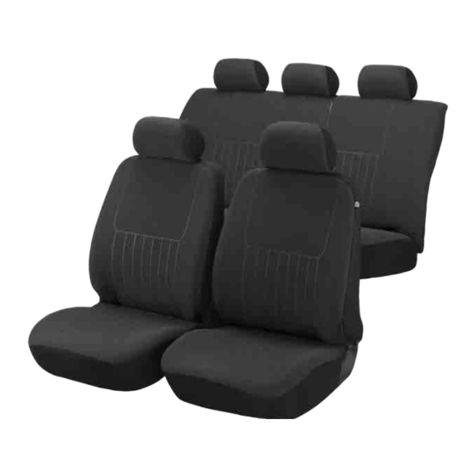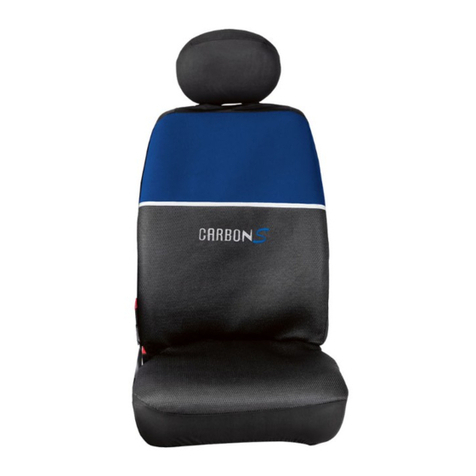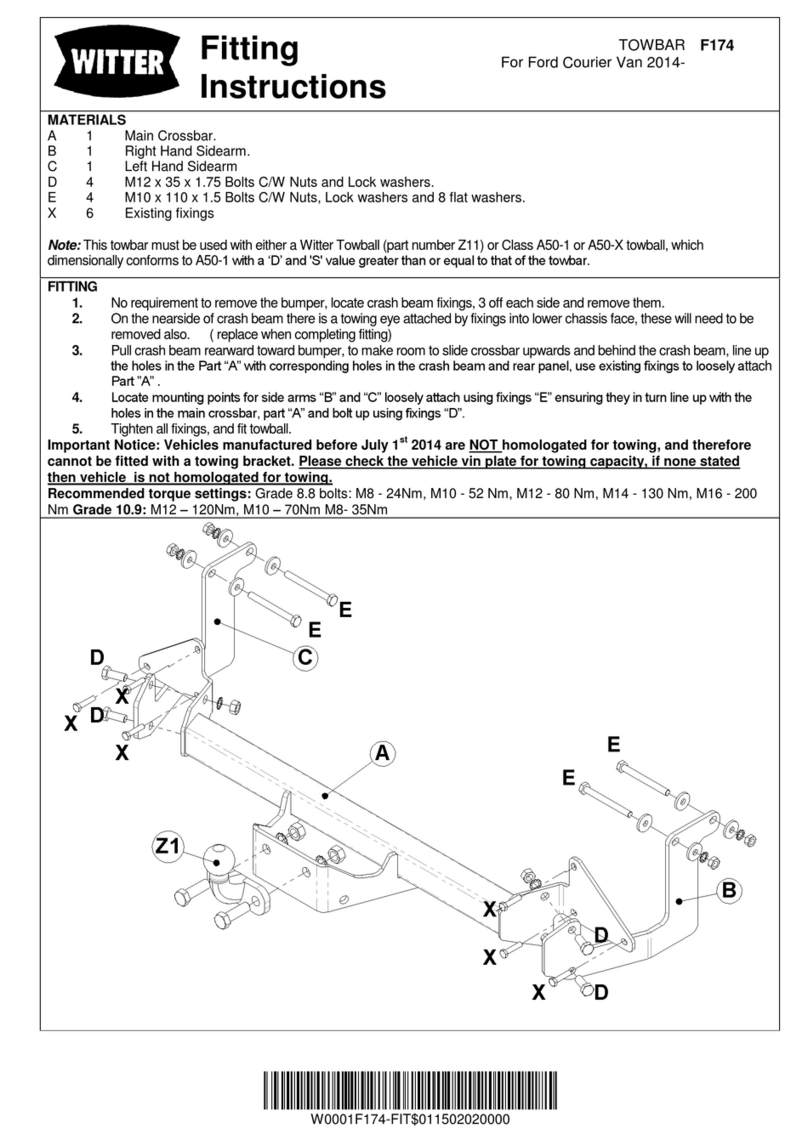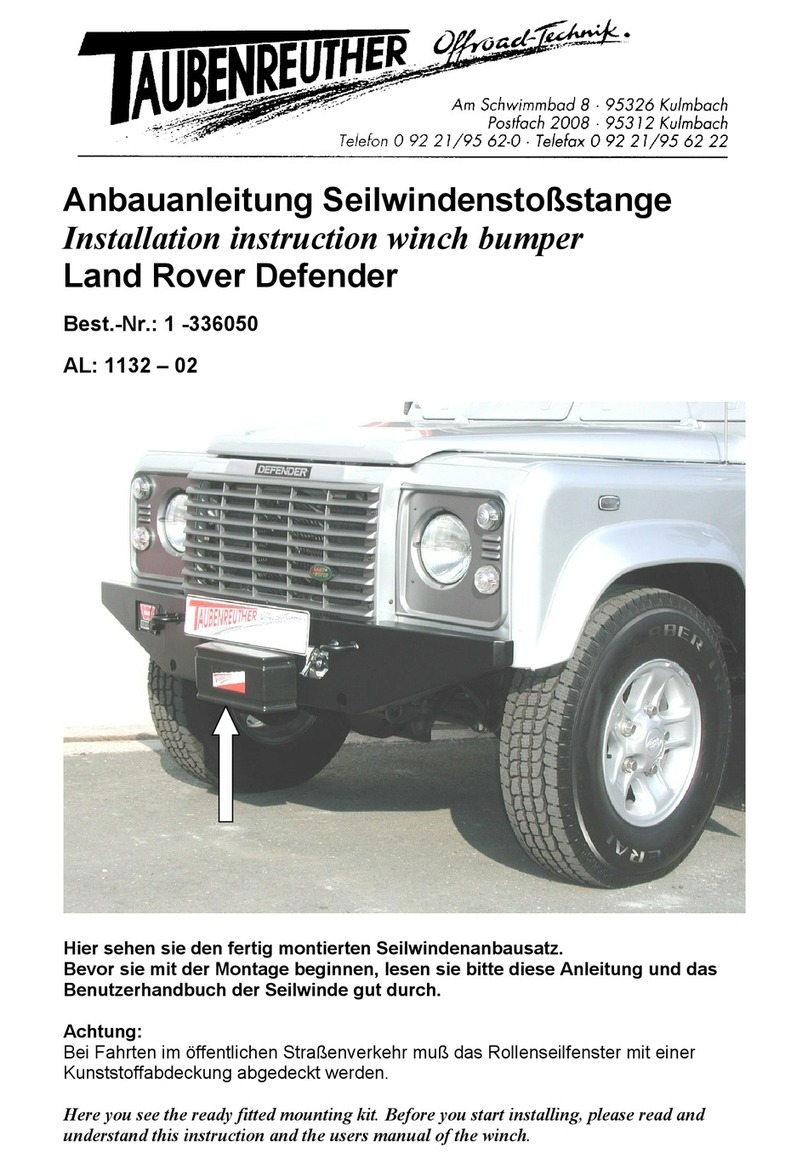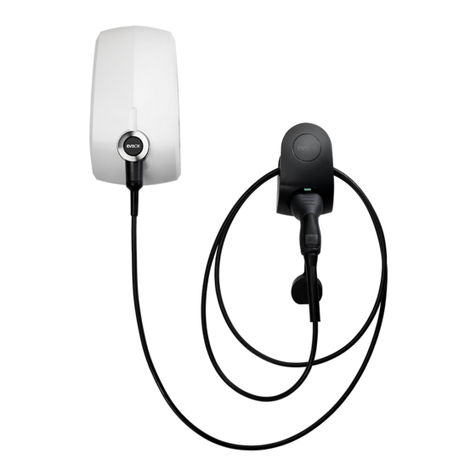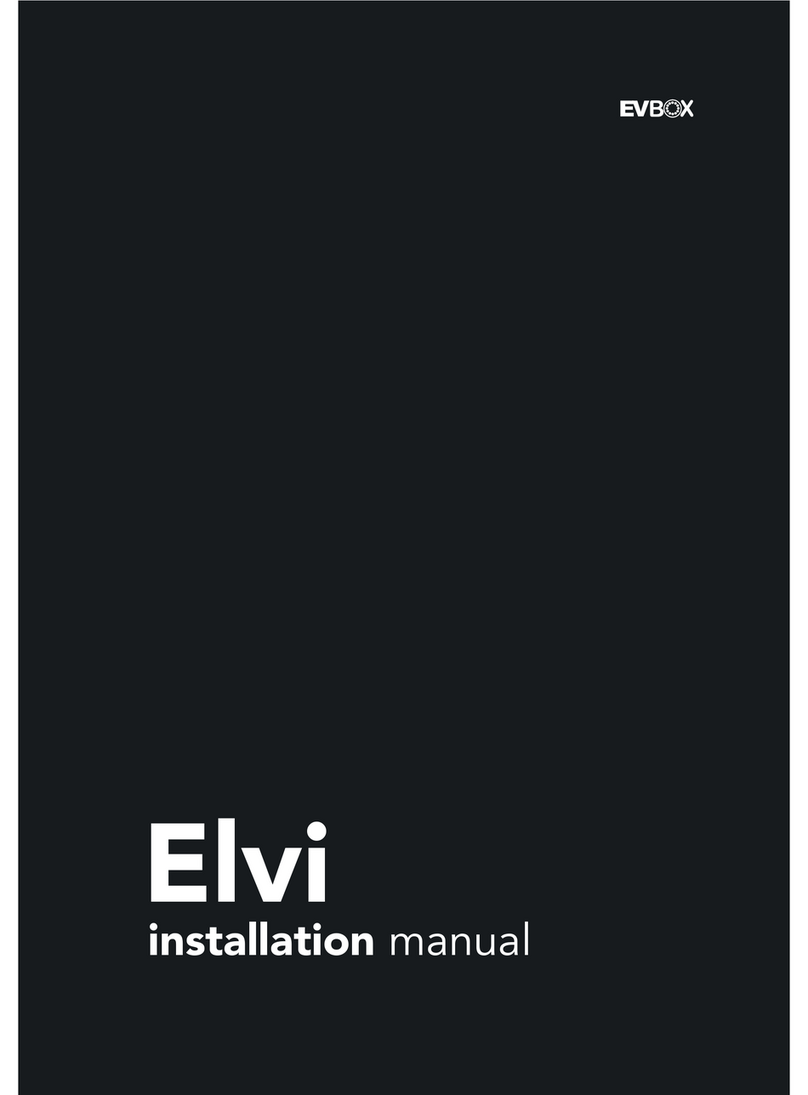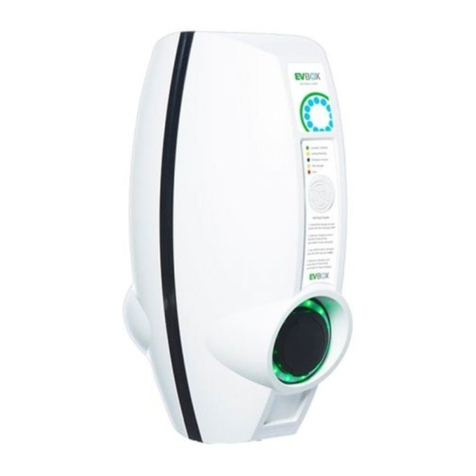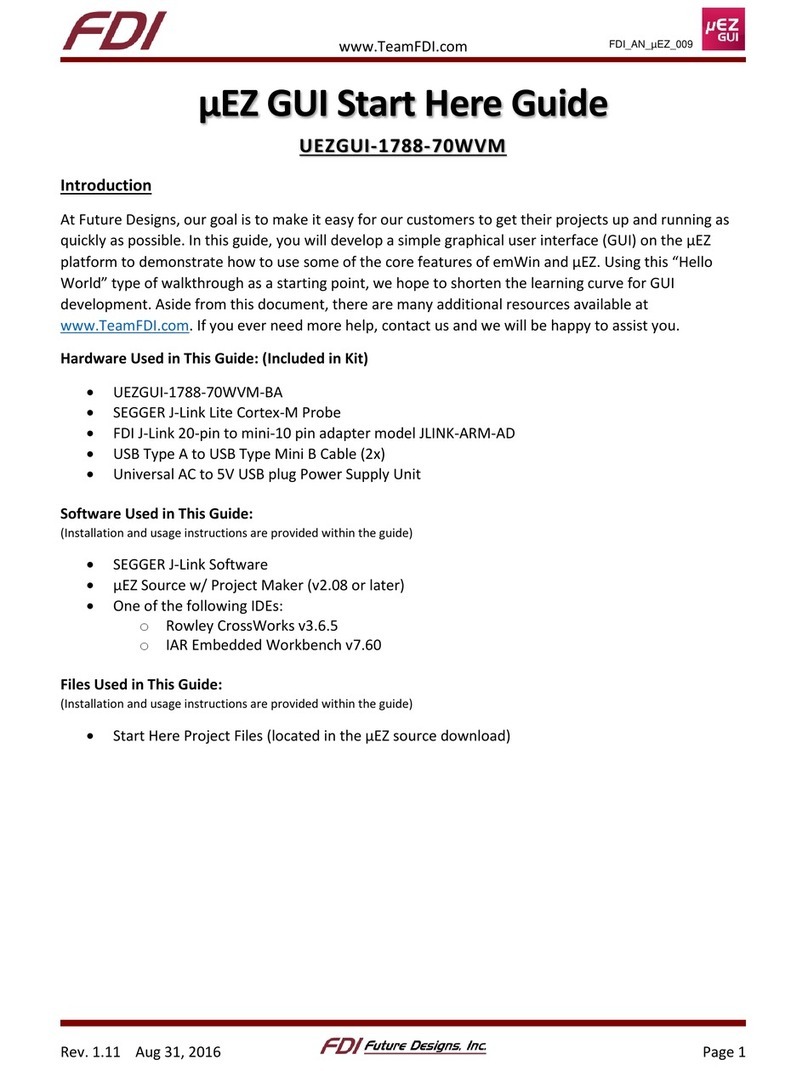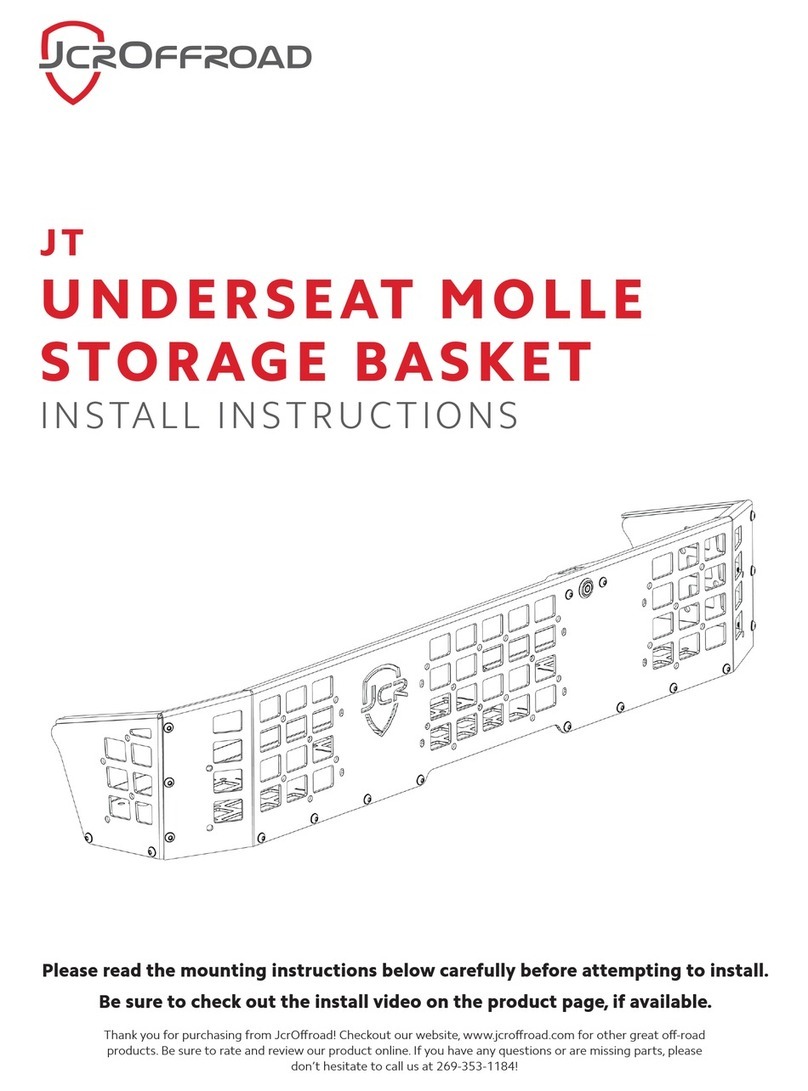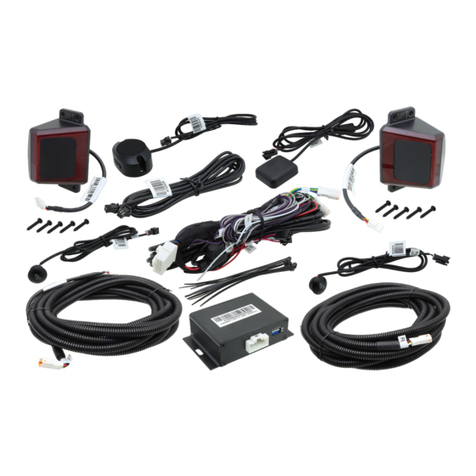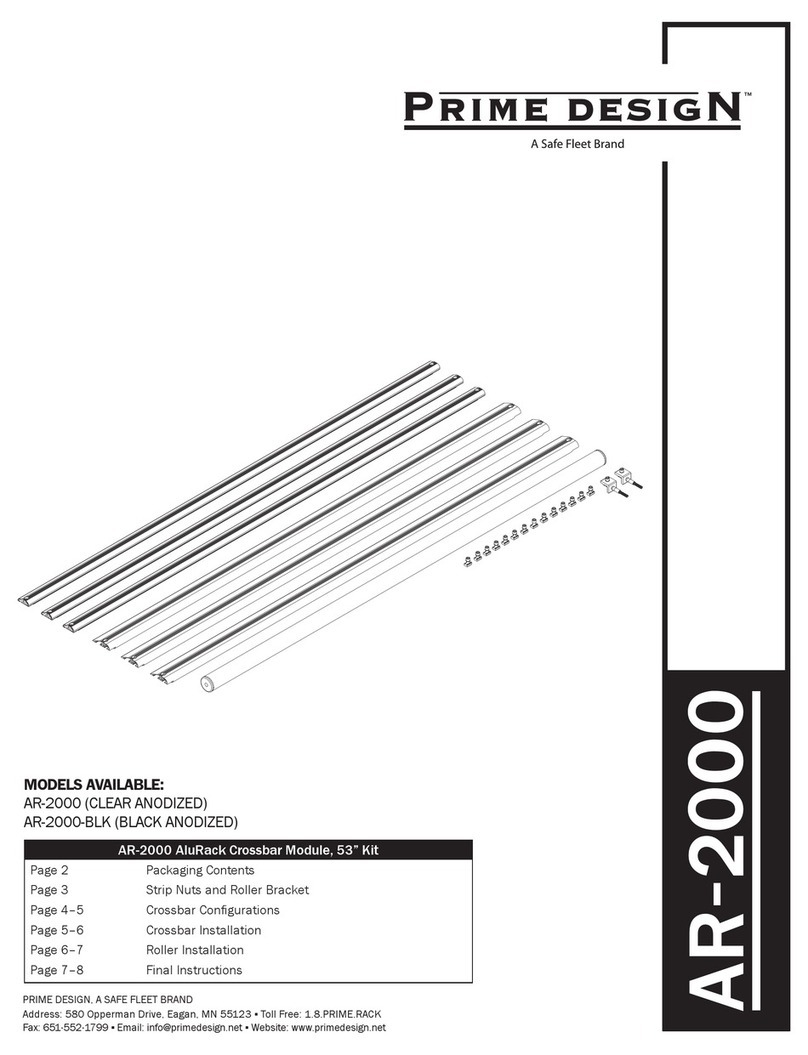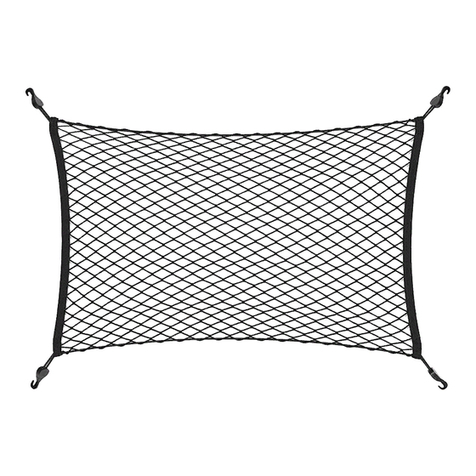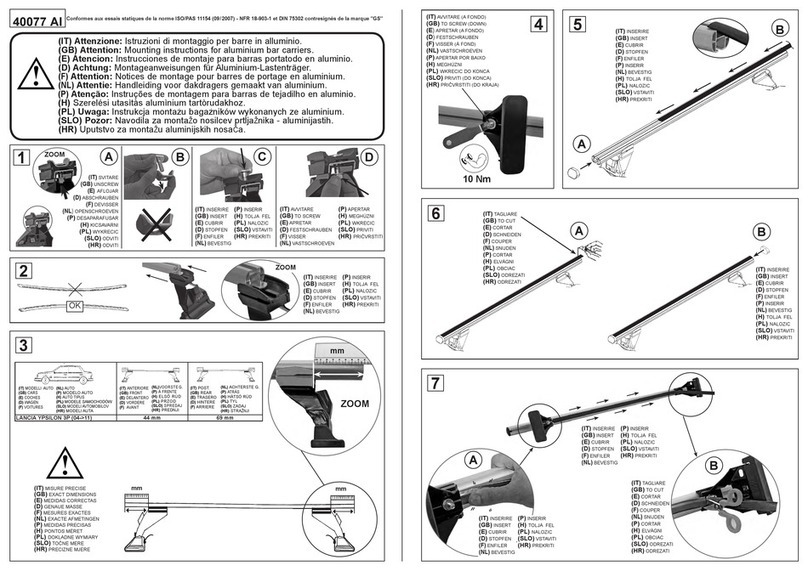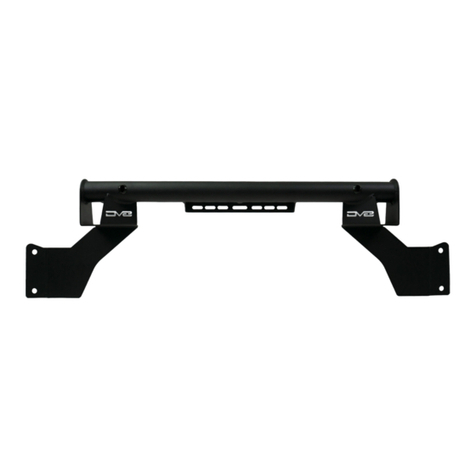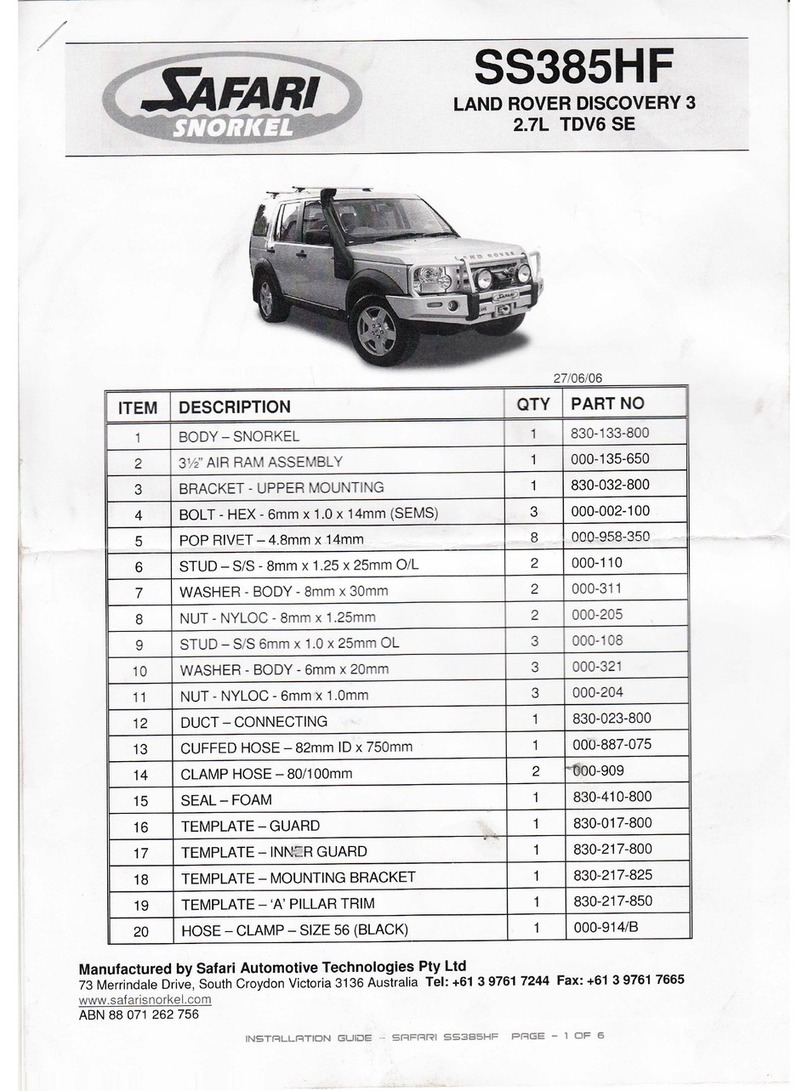1.
Safety regulations
WARNING: RISK OF ELECTRIC SHOCK.
• Please read the documentation provided with the charging station to acquaint yourself
with the safety instructions and directions before you use the charging station.
• This charging station is designed and tested in accordance with international standards.
• Use this charging station for charging all mode 3 compatible electric vehicles only. Refer
to your vehicle owner’s manual to determine if your vehicle is suitable.
• This charging station must be used exclusively for the purpose intended.
• Do not operate the charging station if it or the charging cable is physically cracked, frayed,
other otherwise visibly damaged. Please consult the stations owner and/or an electrician right
away.
• This charging station contains no user serviceable parts. Please consult EV-Box or a
certified electrician for more information. Do not attempt to service the charging station
yourself.
• These directions for use are valid for different models of the charging station. It is possible
that a number of features are described that are not applicable to your charging station.
• This charging station may only be installed, maintained and repaired by qualified
personnel. Incompetent installation or repairs may result in danger to the user.
• Do not install a faulty charging station.
• For instructions on installation, see Chapter 4.
• The charging station is used in combination with a power source. Always switch off the
power supply before carrying out maintenance. The charging station contains no internal
components that can be maintained by the user. The “0n”/ ”Off” and “green” position of the
charging station's main switch does not guarantee that the system is disconnected from the
power source and does not safeguard against the voltage applied.
• Do not switch on the charging station if the cover is not in place.
• Ensure that the equipment is used under the correct operating conditions.
• Do not use explosive or readily flammable substances in the vicinity of the charging station.
• Persons unable to assess the dangers should not use the charging station.
• Do not direct powerful jets of water onto the charging station, and never operate with wet
hands.
• Ensure that the charging cable is
not kinked or jammed
!
• Make sure the charge cable is positioned so it will not be stepped on, driven over, tripped
over, or otherwise subjected to damage or stress.
• Ensure that the charging cable cannot come into contact with heat sources.
• Always pull on the plug's hand grip, and never on the cable.
•
While charging the charging cable must be completely unwound and connected to the
vehicle without overlapping loops!
This is to avoid the risk of the charging cable overheating.
• In the event of danger and/or accidents, have the charging station disconnected
immediately by a competent person (electrician).
• Please carefully read our instructions and the vehicle instructions in your owner’s handbook
before charging your electric vehicle
